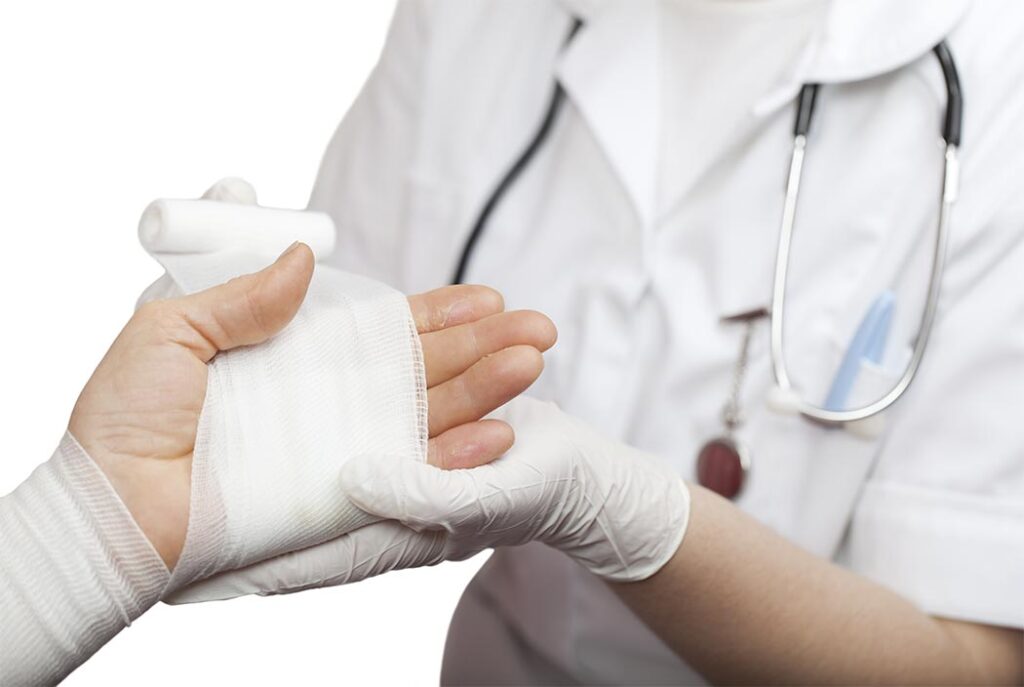
The American Burn Association (ABA) states that approximately 500,000 people receive medical treatment in a hospital or emergency room for burn injuries each year. This figure doesn’t take into account burn injuries treated at private medical offices or clinics.
If you are concerned about fire safety in your home or at work, keep reading to learn the most common types of burn injuries and practical ways to avoid them from personal injury attorneys Lerner and Rowe.
Types of Burn Injuries
To help prevent burns, it’s important to be mindful of the five different types of burns.
- Thermal burns are caused when the skin comes into contact with a hot surface or substance.
- A common example of a radiation burn is a sunburn. Prolonged exposure to UV rays, such as X-rays, is another source for radiation burns.
- Electrical burns occur when you come into contact with AC or DC electrical currents.
- Chemical burns are caused by contact with alkalis, strong acids, detergents or other dangerous solvents.
- The inhalation of superheated liquids or gases, ingesting chemicals or electrocution are three causes for internal burns.
Common Causes of Burn Injuries
Burns most commonly occur in the home. Adults are most often burned by an open flame, such as a stove top or lit tobacco. Children and infants suffer burns most often by scalding. House fires injure approximately 15,000 people each year and account for more than 3,000 deaths.
Burns are also common in the workplace. Many workplace environments use strong and dangerous chemicals for cleaning. Burn injuries due to open flames are more common in culinary, construction and avocations involving the service and installation of natural-gas lines.
Preventing Burn Injuries
While human error and mechanical malfunctions aren’t 100% preventable, there are steps you can take to make your home and workplace safer.
- Test all of your smoke detectors twice a year.
- If you live in a very old home, bring in a home inspector to check your electrical wiring to make sure it’s safe.
- Turn back your water heater temperature to 120 degrees.
- Adequate fire-prevention training should be instituted in the workplace. Make sure your employer is following all local, state and federal regulations regarding fire safety.
Contact the burn injury attorneys at Lerner and Rowe Injury Attorneys for a free no obligation, no out-of-pocket cost consultation.



